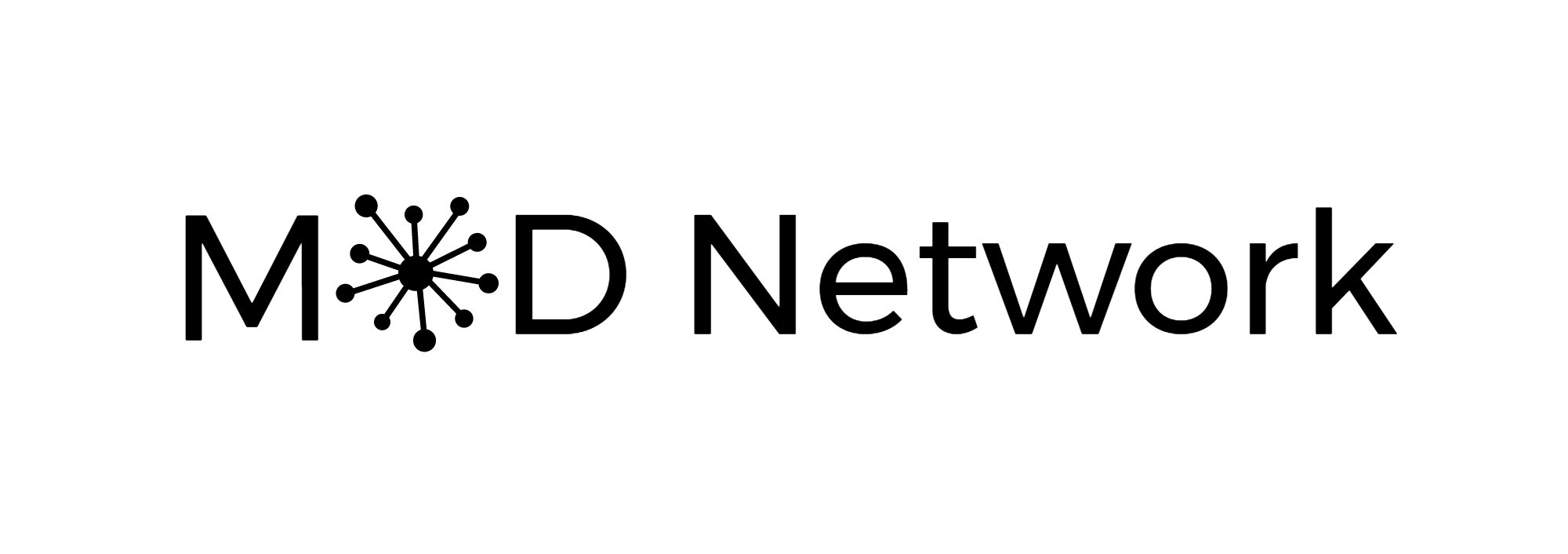Can I Offer You Some Feedback? - Episode #24
Show Notes:
The Ishikawa Diagram, also known as the fishbone diagram, is a way of working through quality to assess and critically focus on the symptoms of a multifaceted process. This particular diagram encourages us to think about six different aspects. Oftentimes, when we're exploring a problem or seeing a problem as an output, we tend to forget that there might be a multitude of variables that are feeding into it. Subscribe today so you never miss an episode!
Below we are offering a transcript of the podcast for accessibility and reference.
Episode #24: Business Bites: ishikawa Diagram
Welcome to Business Bites. My name is Sara. This is a podcast for busy professionals who want the quick hits of business terminology, historical context, and strategies for integration. Today we'll be talking about the Ishikawa diagram, also known as the fishbone diagram.
In the 1960s, a Japanese quality control specialist, Kaoru Ishikawa was the one who coined the term, the Ishikawa diagram or the fishbone diagram. It was a way of determining and evaluating quality checks in shipbuilding. He invented the specific model of working through quality as a way to assess and critically focus on the symptoms of a multifaceted process. Shipbuilding along with other processes has a lot of different complicating factors, and so this particular diagram encourages us to think about all of the different aspects. It is also used in the Six Sigma framework. When you're looking on the fishbone diagram or the Ishikawa diagram, however it's phrased, there is one section that is labeled as the cause. There are six different aspects that we work through when we're thinking about it as well as the effect side. What is the problem that we're seeing? So again, on the right-hand side, we have the effect or the problem that we're observing, and on the left-hand side, we have the cause.
Now, when we're working through the cause, each of these areas feeds into what the problem may be. So for example, we could look at equipment, process, the people, materials, environment, or management. Each of these six broad areas feeds into what that potential problem might be. There might be primary causes for each of these and or secondary causes, which feed into, again, the effect, the problem that we're witnessing. This particular diagram is also helpful to think about how each of these might play a different level of role in that ended outcome. Oftentimes, when we're exploring a problem or seeing a problem as an output, we often forget that there might be a multitude of variables that are feeding into it. We can jump to a conclusion when we first see the issue and think, oh, this must be an equipment issue, or this has to be due to management. But when it comes down to it, there might be aspects of all six of these areas that feed into it, which are important for us to consider.
When working on this diagram, it's helpful for teams to be able to work through it because oftentimes when having multiple perspectives, each individual will come up with something vastly different, which can help spark some of the discussion around those elements of quality improvement. This area and being able to think of the why? The root cause analysis between that particular issue and being able to get it done helps us understand some of those root causes that then impact our end problem. Let's talk through an example of how that might work in our specific frameworks.
When we're looking at those specific issues, for example, let's say in your organization you're struggling with low social media interaction. You're not getting a lot of engagements on the posts that your marketing team is putting out, and you'd like to see how to make that more effective On the machine technology or equipment side, perhaps the software you're working with isn't that great or it's hard for others to be able to follow it. On the process side, do you have clearly outlined checklists for people to follow? Thinking about which staff members are actually doing that posting. Perhaps there's then maybe a people issue. Is there a lack of training? Is there a lack of training on the process? But also, how the software works and the brand guidelines that you have in place. Let's think about the materials and or the information that's available. Perhaps the content isn't timely, perhaps it's poorly produced. Those might have key indicators as well.
Next, thinking about the environment and or how you're measuring it. What does engagement look like? What are you trying to go for? Is a comment better or worse than a like? What would that mean? Are you trying to have people repost it or share it to their networks or have it only interact on your specific platforms? That measurement could change how things show up in your decision of whether or not you are getting appropriate interaction. And lastly, that management or leadership. Perhaps there's not a clear direction for the purpose of that plan or how you are using social media to support your products or the vision that you have going long forward. So again, the problem that we're seeing, the effect of low social media interaction, we just talked through a multitude of different ways that could all be addressing and directly impacting that specific goal. This is the benefit of working through the Ishikawa diagram or this fishbone diagram and thinking about problem-solving and using that root cause analysis.
This has been Sara with Business Bites. You can reach me at podcast@mod.network. We would love to hear from you and other terminology that you would like to hear bite-sized. As always, give us a quick rating on your platform of choice and share this podcast with a friend.
Further Reading:
